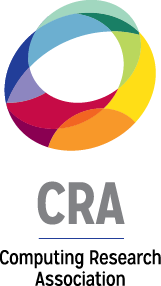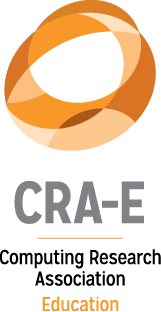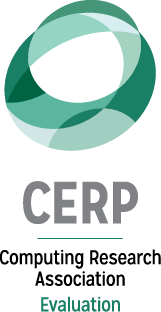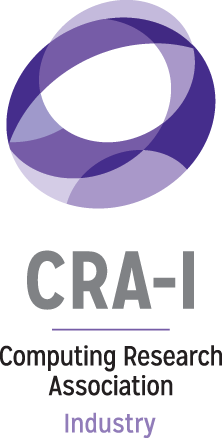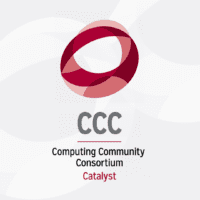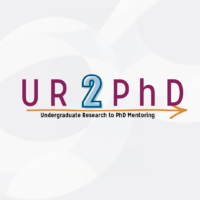What Computing Practitioners Are Saying About Undergraduate Computer Science Education
By Helen Wright, Manager, CRA-I
In a recent survey conducted by the Computing Research Association’s Industry committee (CRA-I) titled the Practitioner-to-Professor (P2P) survey, over 1,000 computing professionals shared their insights on the current state of undergraduate computer science (CS) education. This work has been greatly benefited from the project’s advisor, Rahul Simha (George Washington University). The findings are crucial for aligning academic curricula with industry needs, ensuring that graduates are well-prepared for the workforce, while at the same time well-versed in the fundamentals of CS for a long-term career in a fast-evolving field.
Launched in spring 2024, the survey gathered responses from 1,048 qualified professionals, primarily in software development roles. Notably, 54 percent of the respondents hold degrees in computer science, with a significant portion having over 21 years of experience in the field. This diverse pool highlights the importance of the feedback, reflecting a wide array of industry perspectives on necessary competencies for future graduates.
Key Findings
Curriculum Expansion
- Respondents overwhelmingly support increasing the number of CS courses in undergraduate programs. On average, they recommend adding four courses, with a strong emphasis on Algorithms, Computer Architecture, and CS Theory. The ideal total number of CS courses is approximately 18.3, which translates to 3-4 semesters of coursework.
- Additionally, there is a call for increasing foundational non-CS courses, particularly in areas like written communication, probability and statistics, and systems thinking, suggesting an average increase of 1.7 courses.
Importance of Soft Skills
- The significance of soft skills was also highlighted. Respondents noted that while these skills can be taught, universities currently do a poor job of integrating them into the curriculum. Recommended improvements include more emphasis on oral communication skills and a broader liberal arts education, which could be more effective in developing these essential capabilities.
Role of Mathematics
- The connection between mathematics and computer science is evident, with 65% of respondents expressing a love or interest in pursuing additional mathematics courses. The most crucial areas include Statistics, Linear Algebra, and Discrete Mathematics, underscoring their relevance to fields such as AI and data science.
Suggestions for Programming Education
- Survey participants emphasized that problem-solving skills should take precedence over programming language proficiency. While it is important to understand one language deeply, exposure to multiple languages is also recommended, supporting the idea that adaptability is crucial in this ever-evolving field.
Database Education
- In terms of database education, practitioners advocate for a balance between theoretical knowledge and practical experience, stressing the need for students to grasp key concepts like normal forms and relational algebra alongside hands-on experience with SQL.
The findings from the CRA P2P survey provide invaluable insights into how undergraduate computer science education can evolve to better meet the needs of the industry. As academia continues to foster partnerships with the tech industry, implementing these recommendations may ensure that graduates are not only knowledgeable but also equipped with the skills necessary for successful careers in computing.
Stay tuned for the full report available in early 2025, promising a deeper analysis of these findings and their implications for CS education. See the summary here.
This project is being partially supported by the Division of Undergraduate Education at the U.S. National Science Foundation under Award #2110815 under a larger umbrella project called DEAP. Any opinions, findings, conclusions, or recommendations expressed in this material are those of the author(s) and do not necessarily reflect the views of the National Science Foundation.


